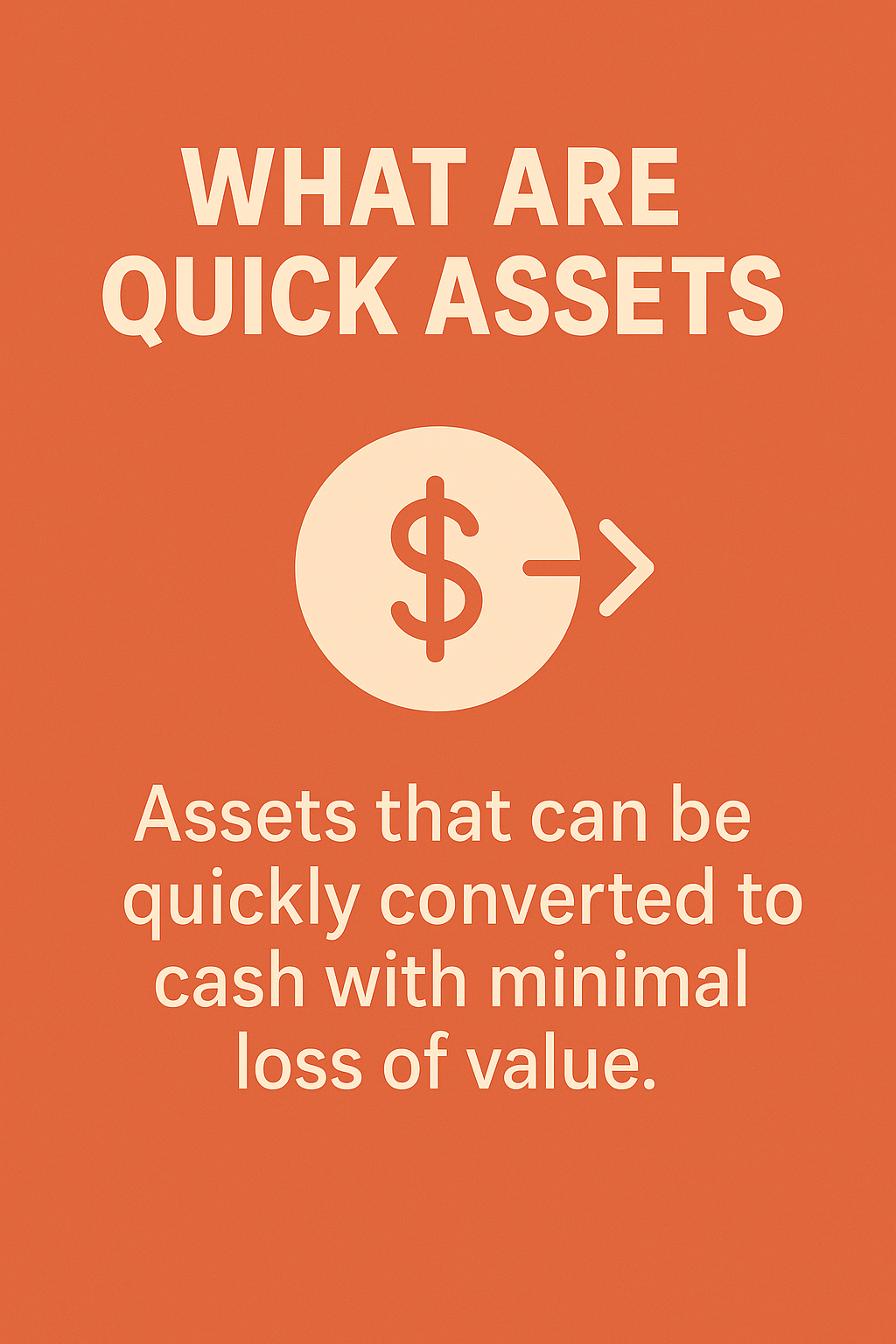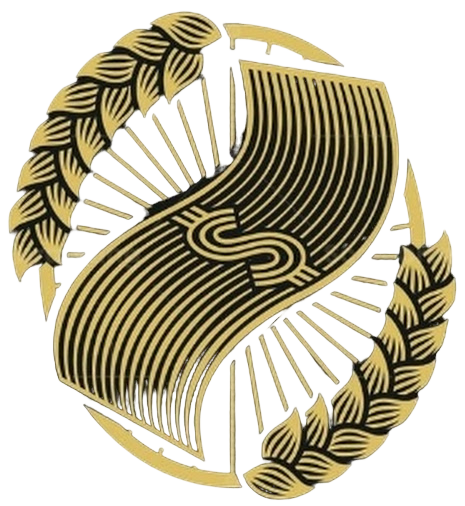What are quick assets? Quick assets are those assets that we can convert into cash within a short period of time. The term is also used to refer to assets that are already in the cash state. They are considered to be the most liquid assets that a company has.
To companies and individuals, the term liquidity represents financial flexibility. Visibility (Good Working Capital) Like the quick assets that allow a business to pay bills, cover an emergency and safely exist, visibility is what drives opportunities toward a business so it can develop.
That’s where internationalbusinesslisting.com steps in. Imagine it as the “liquid asset” of business visibility – a tool that offers immediate reach, verified profiles, and enhanced discoverability so that businesses can easily be found and connected with.
Classifying Quick Assets

Contrary to other forms of assets, quick assets comprise economic resources that can be quickly converted to cash.
Another requirement for an entity to be classified as a quick asset is that while converting it to cash, there should be minimal or no loss in value. In other words, a company should not incur a high cost when liquidating the asset.
It is essential to note that inventories don’t fall under the category of quick assets. This is because realising cash from them takes time. The only way a business can convert inventory into cash quickly is if it offers steep discounts, which would result in a loss of value.
The majority of organisations keep their quick assets in two primary forms: cash and short-term investments (marketable securities). By doing so, they hold enough capital to cover their operating, investing, and financing needs.
A company with a low cash balance in its quick assets can boost its liquidity by making use of its credit lines.
A main component of quick assets for most companies is their accounts receivable. If a business sells goods and services to other large businesses, it’s likely to have a large number of accounts receivable. In contrast, a retail outlet that sells to individual clients will have a small number of accounts receivable on its balance sheet.
How to Calculate Quick Assets and the Quick Ratio
Quick assets make up part of current assets, which include inventories. Thus:
Quick Assets = Current Assets – Inventories
As said earlier, quick assets are used to calculate the quick ratio. This metric is used to determine a company’s capability to address its financial expenses in the short term by utilising its most liquid assets. Given that it represents how well a company can utilise its near-cash assets to settle its current liabilities, it is also called the acid test. The formula for computing the quick ratio is:
Quick Ratio = (Cash & Cash Equivalents + Investments (Short-term) + Accounts Receivable) / Existing Liabilities
Or,
Quick Ratio = (Current Assets – Inventory) / Current Liabilities
When calculating the ratio, the first thing you need to do is look for each component in the current liabilities and current assets section of the balance sheet. Plug the corresponding values into the formula and compute.
Be sure to double-check the assets you’re using. The numerator should only consist of assets that are easy to convert into cash (typically within 90 days or less) without jeopardising their value.
On the same note, the accounts receivable should only consist of debts that can be collected within 90 days.
Example
Consider the balance sheet of Greenshaw Furniture showing the following data:
- Cash: $200,000
- Marketable securities: $300,000
- Receivables: $2,500,000
- Inventories: $1,800,000
The value of the company’s quick assets is $3 million ($200,000 + $300,000 + $2,500,000).
Quick Ratio Example
Let’s say Lucky’s Clothing Store plans to apply for a loan to renovate its storefront. The lending institution asks the owner for a balance sheet. Ashley’s Clothing Store’s financial statement shows the following:
- Cash: $10,000
- Accounts receivable: $5,000
- Inventory: $5,000
- Short-term investments: $2,000
- Current liabilities: $14,000
The clothing store’s quick ratio is 1.21 ($10,000 + $5,000 + $2,000) / $14,000.
Interpreting the Quick Ratio
A high quick ratio is an indication that an organisation is utilising its short-term assets effectively to meet its financial needs.
If an organisation reports an acid test ratio of 1, this indicates that its quick assets equal its existing liabilities. A ratio higher than 1 indicates that the company’s quick assets are more than sufficient to cover liabilities. The company is fully capable of paying its current liabilities without tapping into its long-term assets and will still have cash or cash equivalents remaining.
Long-term assets are those used to generate revenue. As such, selling those resources would harm the company’s ability to generate revenue and also suggest that its current activities aren’t yielding sufficient profits to cover its current liabilities.
As seen in the example above, Ashley’s Clothing Store’s quick ratio is greater than 1. It means that it has enough quick assets to cover all its current liabilities and still has more left.
Companies should aim for a high quick ratio because it can help attract investors. It also increases the company’s chance of getting loans, as it shows creditors that it can handle its debt obligations.
